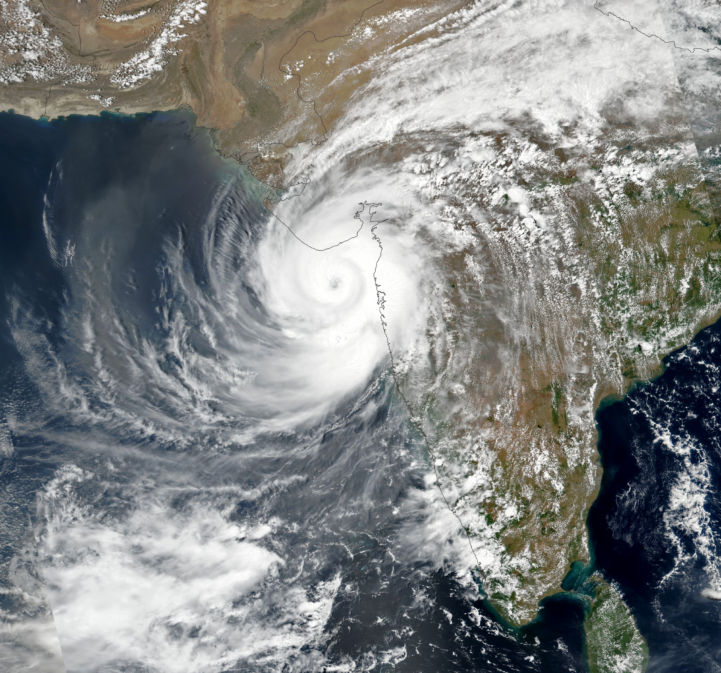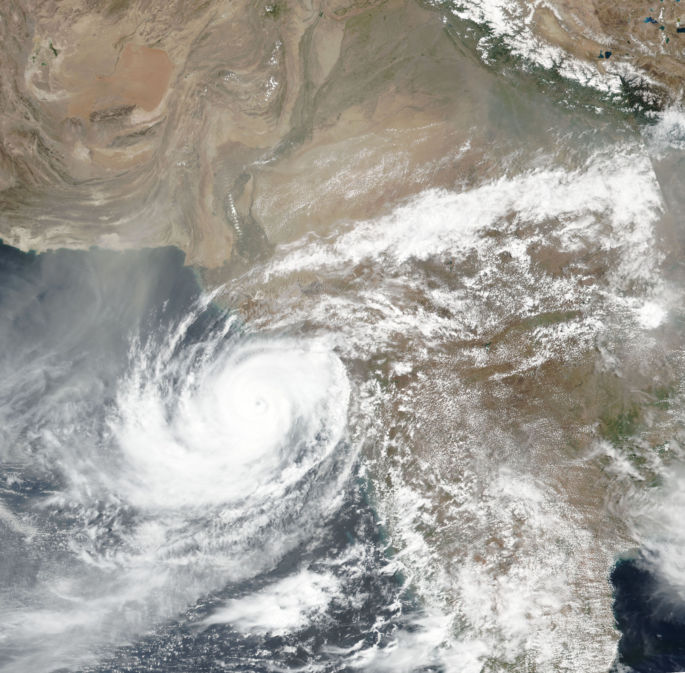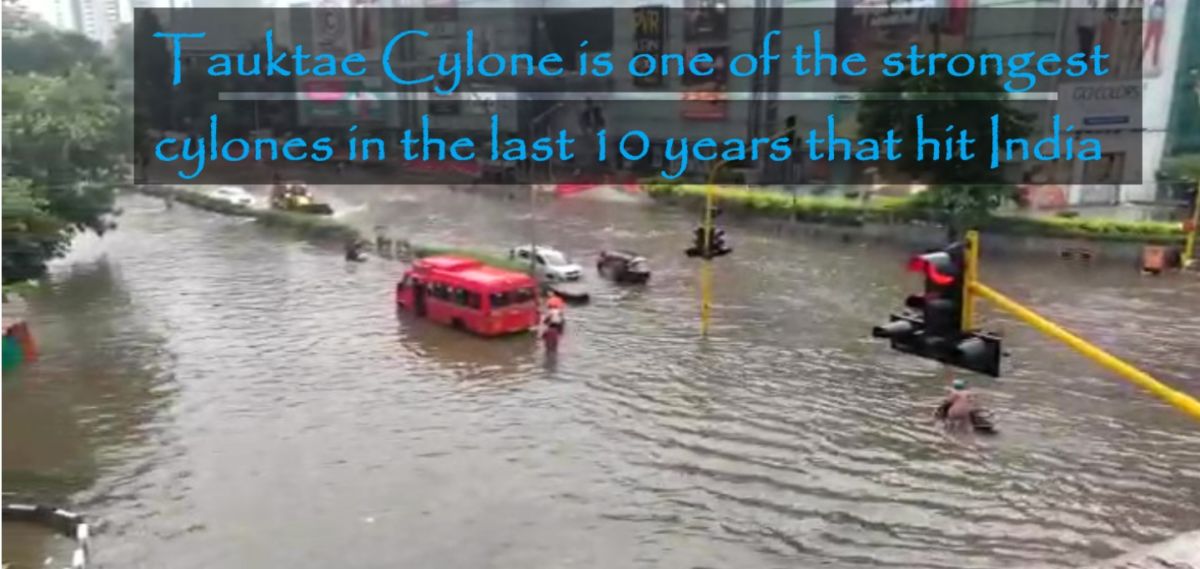We have compared the speed and intensity of each Cyclone in the last ten years. These Cyclones are the ones that had speeds of more than 100 kilometres per hour. Cyclones going over 177 Kmph enter into category three and above.
Who is impacted by Cyclone Tauktae during the lockdown?
Cyclone Tauktae affected many people in Western coastal areas of India. Most impacted among the people were affected by lockdown: daily wage workers and low & medium-income households. The impact it makes on them is that they have no place to sleep. There is flooding & danger of flying debris. Although this cyclone has gone past Mumbai, it is the same for any other place cyclone hits.
What labels a Cyclone for its intensity?
Through the Saffir Simpson Hurricane Wind Scale.There are five categories in the Saffir Simpson scale. Tauktae cyclone was going to be 4, but it increased to 4 plus with its wind speed. As it moved upwards, the wind speed intensity could eventually reduce. Here’s the aftermath in the Malad area of Mumbai city in India.
Cyclone Tauktae has hit Gujarat with high-speed winds
This cyclone has hit Gujarat with heavy winds and rain. Roads during this hurricane were as if people were facing a high-speed shower with the high-speed wind. It’s a bit difficult to pronounce; hence to let you know, its pronunciation is Tau’Te.
Even the BBC report indicated Tauktae to be the strongest cyclone to hit the coast of Gujarat since1998. The wind speed, later on, went up, although these predictions were 20hrs in advance. It may be a warning sign for some of us as the enormity of natural disasters increases.
JTWC had reported 185 kmph wind speed. When the cyclone made landfall, it happened to be on the Western coast of Gujarat (India).

Cyclones that affected India in the last ten years
The table below shows you the eight major cyclones that affected India in the last ten years. Although not all of them had the same amount of destruction to life and property, few left an impact.
| Cyclone | Speed | Year | Place | Month |
| Tauktae | 185 KMPH | 2021 | India, Mumbai -Gujarat | May |
| Amphan | 185 KMPH | 2020 | India, | May |
| Fani | 190 KMPH | 2019 | India | May |
| Vardah | 140 KMPH | 2016 | India | December |
| Hudhud | 217 KMPH | 2014 | Eastern India & Bay of Bengal | October |
| Vayu | 170 KMPH | 2019 | Coast of western India | June |
| Thane | 120 KMPH | 2011 | Southern India | December |
| Phailin | 200 KMPH | 2013 | India | October |
8 Major Cyclones that hit India in the last 10 years
Amidst the daily lockdowns of a few states in India, this Cyclone has hit the Western part of the Country. The devastation India had to endure in the last few weeks seemed not enough, and now it’s another obstacle.
There were other cyclones, such as Nilam (85 Kmph) in 2012, Cyclone Helen in 2013, & Ockhi (80) in 2017. However, they were below 100 Kilometers per hour as per our research.

For those families that have lost their lives due to the recent virus, life will not remain the same as it was last year or two years ago.
Not having proper house roofing made it even more difficult for some residents.
Reports of metal sheets flying off the house’s rooftop and damage to the Car windshields were also part of these incidents.
So far, we haven’t come across a cyclone with higher severity in the Indian region than Cyclone Hudhud. Cyclones that pass through the mountainous areas can cause further damage. These cyclones take a lot of moisture from the sea. When they hit the coast, it starts to rain and heavy winds.
Based on this, if the movement or trajectory is to go upwards or in the direction of enormous mountain ranges, It could do the same damage as Cyclone Hudhud. Due to heavy rainfall at once, it can create an ideal situation for landslides, just as we learn in the case of Cloudburst and its effects on us.

